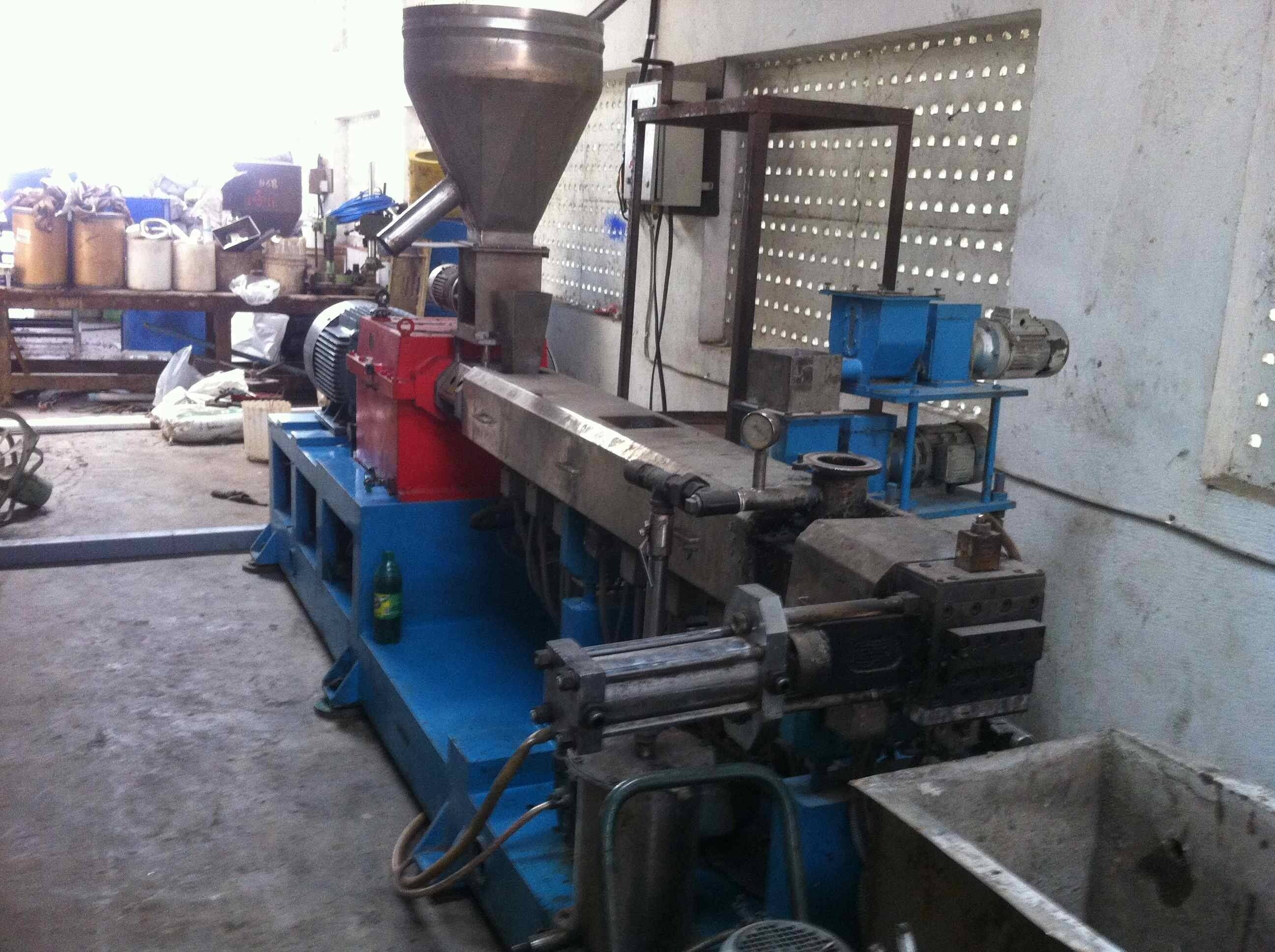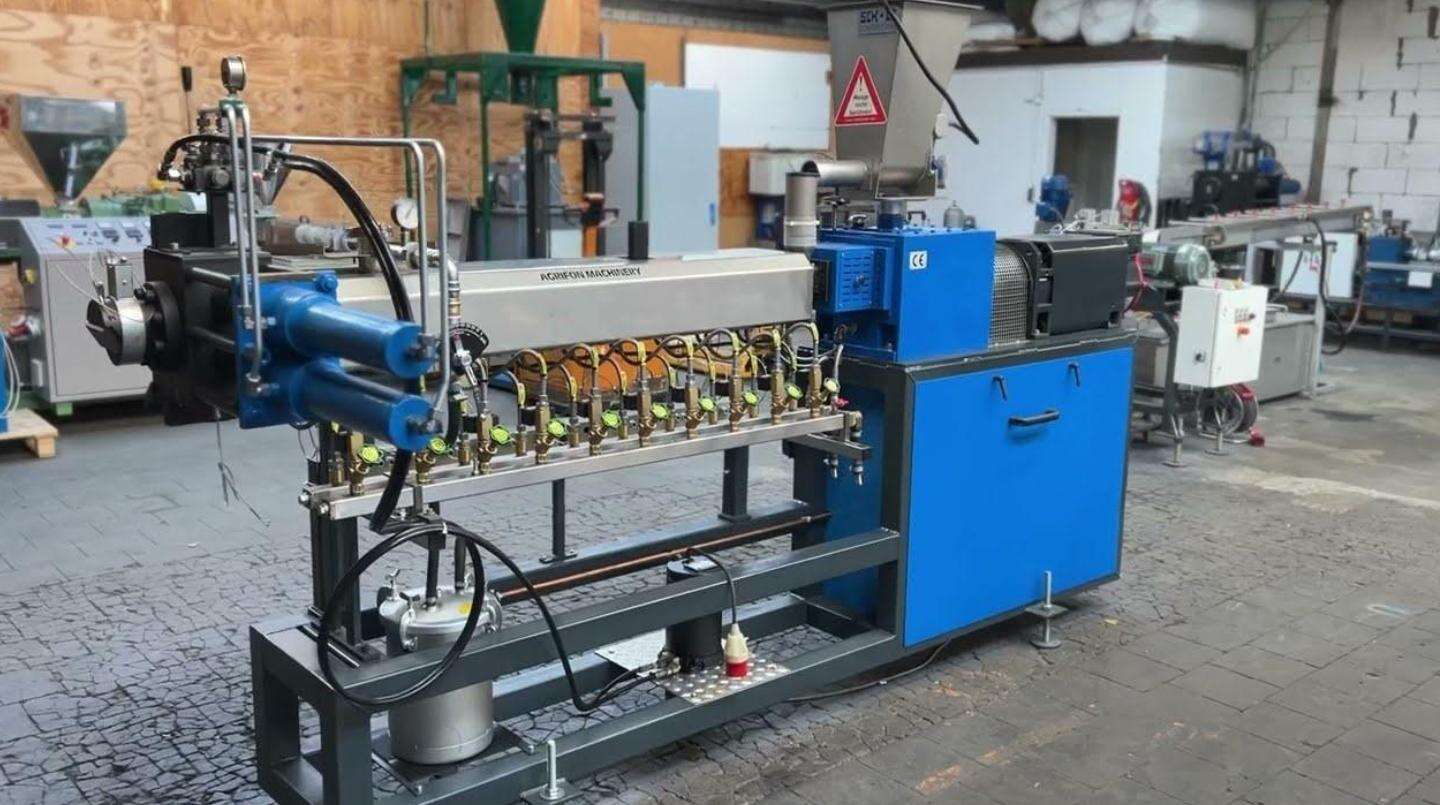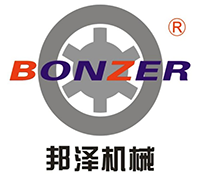Tips For Buying A New — Or Not So New — Extrusion Line
Replacing your old extrusion line with a brand new one could improve your bottom line. But there are no guarantees, and you do have other options.
Do you have old extruders and think your bottom line will improve if you replace them with new machines? Maybe, maybe not. It’s not so simple and may cost you more than it saves.
First of all, “new” could mean really new, from one of the full-service extruder companies still around. They will work with you to decide capacity and product specs (include thickness variation limits), without which you can’t size a line. Don’t forget cooling, as extruders can’t produce sellable product unless it is properly cooled. And that will involve knowing melt temperatures, material viscosities, thermal stability, and the tooling that controls product size. Delivery time should be a commitment — for certain products, it’s critical.
Another option is a new line from a lesser known, often more distant source. This will save money up front, but may add cost in delivery and downtime; it will appeal to some people but not others. Get everything in writing, especially if there are language differences.
I am partial to used machinery, but not too old, and only after inspection (take pictures); seeing it running, if possible; and confirming eligibility for service by the OEM. Pay attention to auxiliary equipment like feeders, dryers, gear pumps, static mixers, internal bubble cooling (for film), and takeoffs — I can’t say this strongly enough.

My favorite used machine is the one you already have. It may not (yet) need replacing. Understand what you want it to do, and the costs involved. Running faster doesn’t earn money unless you profitably sell the increase, and it may actually lose money if the higher screw speed increases thickness variation and makes you aim thicker to avoid too-thin field failures.
Understand the effect of melt temperature. Many line speeds are limited by “too hot,” which relates to thermal stability of the feed (that can be changed), motor type, and screw design and mixing needs. Most extrusion plants have enough electric motors to justify full-time motor experts, but not all have them.
Ask: What’s new? Lines in use may look old but may have new screws or motors, or auxiliaries, or even thrust bearings and barrels. Production people and folks in accounts payable can be good info sources. Routine maintenance should ensure calibration of instruments and functioning of thermocouples and heaters.
Even if a line is replaced, it doesn't have to be junked. It may not even need to be moved. It can be used, for example, to recover and pelletize scrap and trim.
If you do replace the machine, remember the time and cost to plan and safely install power supply, water supply and drain, and air and vacuum lines, usable at minimal cost all year. Climate matters.
Don’t neglect instrumentation, one of the big changes in extrusion in recent times. Measure operating variables reliably (melt temperature and pressure, motor amps and screw rpm), have them alarmed and recorded, and have people who understand them with the time/obligation to look at them, as needed.
No, it isn't over yet — neither COVID nor the old extruder. For COVID, your personal protection also protects us vulnerable old folks. As for the extruders, there are still a few out there at least 50 years old and running as desired. Fifty years ago, I hadn't started my seminar teaching yet but was involved with the then-new plastic beverage bottle that is so commonplace today. And it’s non-toxic like other plastics, unless you believe anything human-made is toxic because it disrupts nature. But nature is also us.

 EN
EN
 AR
AR
 BG
BG
 CS
CS
 DA
DA
 NL
NL
 FI
FI
 FR
FR
 DE
DE
 EL
EL
 HI
HI
 IT
IT
 JA
JA
 KO
KO
 NO
NO
 PL
PL
 PT
PT
 RO
RO
 RU
RU
 ES
ES
 SV
SV
 TL
TL
 IW
IW
 ID
ID
 LV
LV
 LT
LT
 SR
SR
 SK
SK
 SL
SL
 UK
UK
 VI
VI
 SQ
SQ
 ET
ET
 HU
HU
 TH
TH
 TR
TR
 FA
FA
 MS
MS
 SW
SW
 KA
KA






